When did Dhaka swap tea for coffee? A tea lover’s dilemma
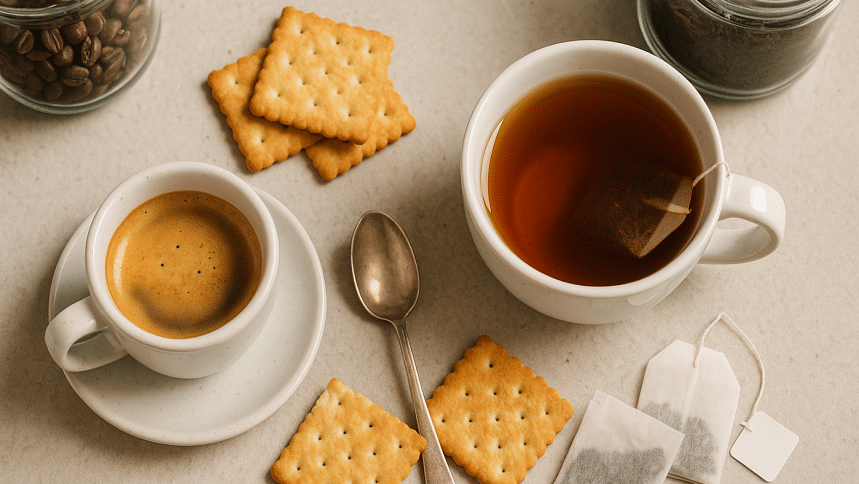
My love for tea and anything related to it is boundless, and this new coffee-dominant café culture is surely driving me crazier than my usual self.
Since that history lesson on the Boston Tea Party in junior school till date, the rolling tea gardens with picture-perfect bungalows, the tea houses, the history and politics of tea, the seeping of rolled tea leaves and waiting for it to unfurl in a teapot… Oh yes! Tea kettles and fancy infusers, strainers, the spell-bounding tea ceremonies… the list of favourites can go on.
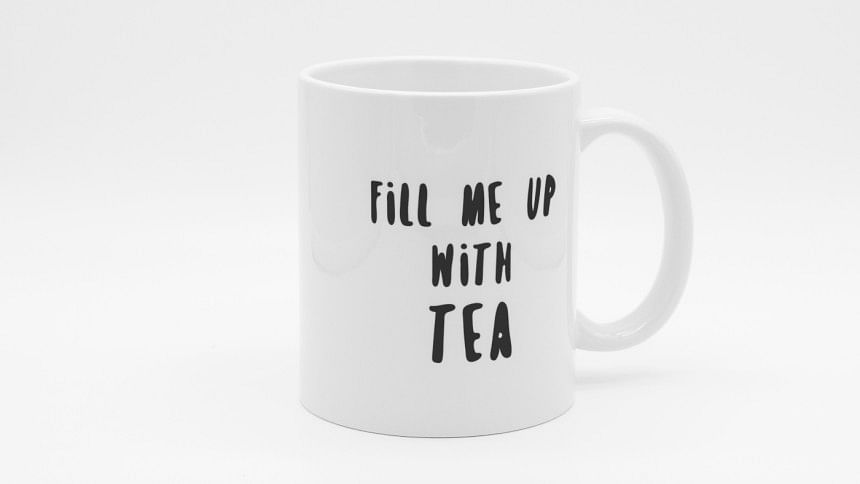
Traditionally, tea has celebrated culture, heritage, and health. Ever since a leaf from Camellia sinensis, an evergreen shrub, fell on the Chinese emperor Shen Nung's pot of boiling water and infused it with a refreshing flavour, the business of this cured leaves took its first step.
The drink was introduced here by the British, and we are (or were!) a nation of tea drinkers with a long history associated with the beverage, but all of that feels increasingly distant in a city that's turning its back on its chai roots. I simply cannot wrap my head around the fact that Dhaka now widely serves coffee. The only thing I like about the beverage is the smell of burnt notes while brewing it, and a big full stop after that.
I loathe the fact that we, Dhakaites, now meet only for coffee. We will see men and women carrying a coffee mug to meetings and a to-go coffee cup while driving. From slurping hot, milk tea before getting into the office, our office culture has been upgraded, together with the choice of caffeine that would keep us alert.
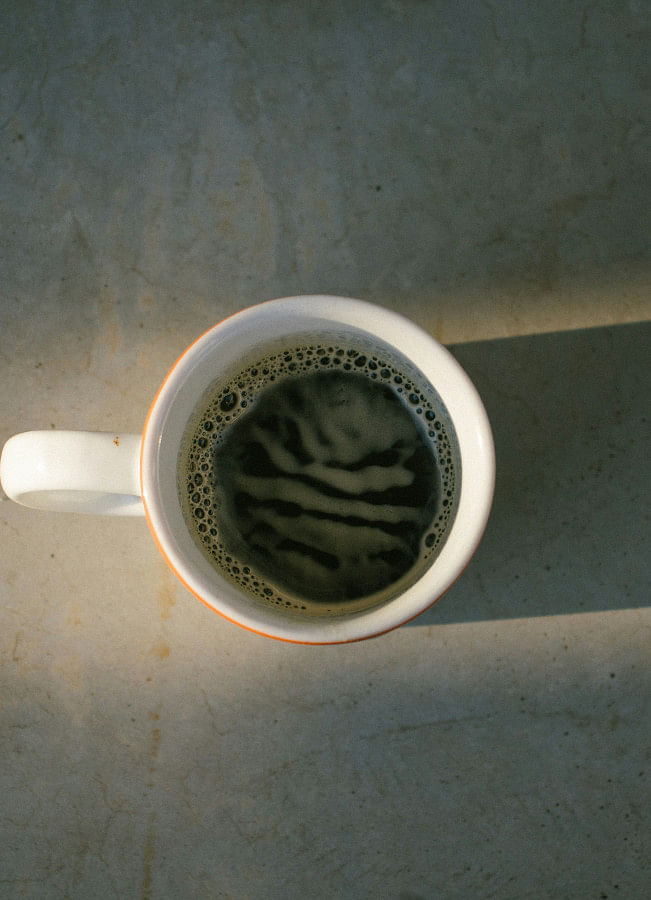
When you go to any cafe in Dhaka, the elaborate menu of coffee and coffee-based drinks is spot on, and at the far end of the menu, they have in offer two or three kinds of imported tea options. That, too, is served in lukewarm water with the teabag on the side — no chance of properly allowing the tea to diffuse. Teabags, by the way, are an insult to tea people; it is made from leftover tea dust from blends that have little flavour.
As a drink, tea still connects people in surprising ways. I once met a Latvian woman who travels the world in search of stories, introduces herself as a freelance tea farmer, a storyteller, and an explorer. China, Japan, Korea, and Sri Lanka — she moves from country to country to understand this invigorating drink ritual that stems from the gardens to a cup.
After having met her in Dhaka, I think in the next life, I want to be a Buddhist monk living in a monastery atop a lush rolling tea garden. But a loved one said, at best, I can be a tea worker plucking tea leaves in Bangladesh. I am game for that life too.
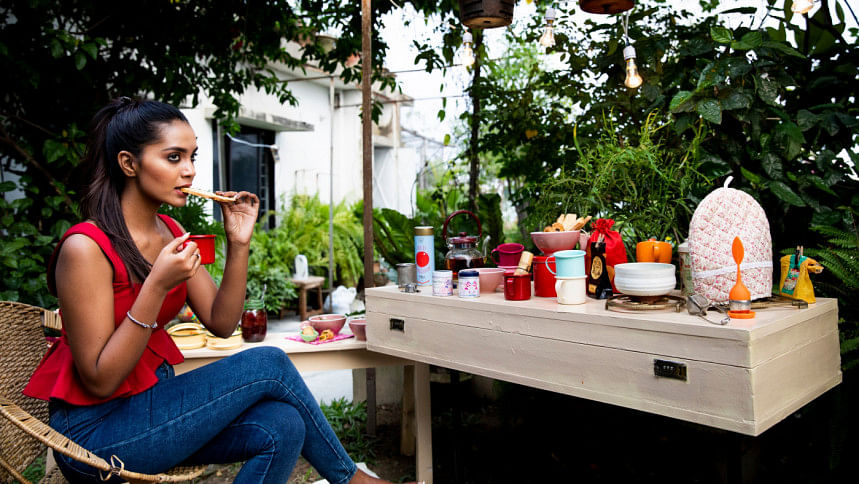
As for my current existence, the blueprint of an alfresco teashop is ready, and I see myself running this tea place.
The stall is placed slightly off a thicket of tall rain trees with their trunks naturally draped in wild drooping orchids, emerald green fern foliage, and lush undergrowth. There is an improvised swing, made from thrown-away wooden planks, hung down by ropes from the tree branches. The place is surrounded by ochre, sandstone walls and has an informal seating arrangement with chairs and large floor cushions in whites, off-whites, and golden hues.
Tea is served in mixed-matched tea cups with a dainty design in bright, happy colours, homemade mulberry jam tea sandwiches, dark chocolate pastries, savoury bites. A merry tune of old songs plays on the radio, and the place is filled with happy, chatty customers.
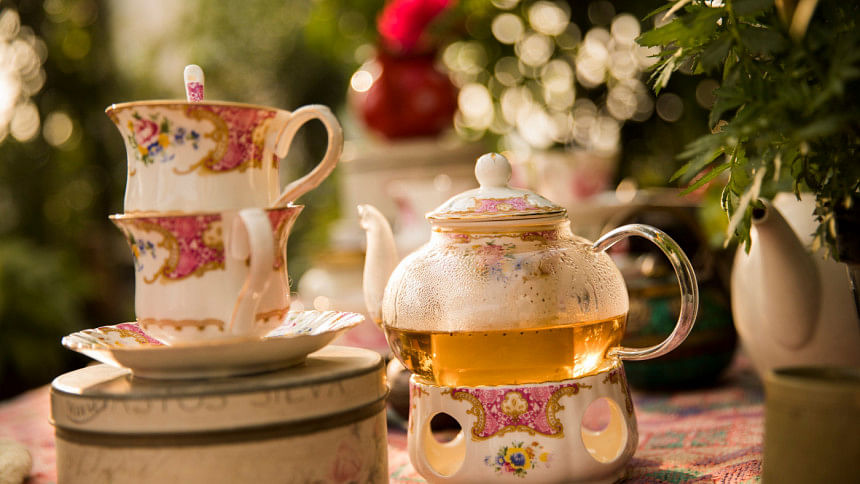
My dream continues…the tea bar will have a tea-tasting corner, a shop selling assorted artisan tea varieties, a front desk arranging visits to tea gardens or daytrips to tea auctions, even arranging masterclasses for making gourmet tea and tea snacks.
Tea Party, the name of this tea stall of my dreams, will be easy going, brewing only happiness and, of course, tea. Alas! This fantasy might never come true, but there is no tax in dreaming about one, right?
In a city that has forgotten its tea tales, I'll keep brewing mine.

 For all latest news, follow The Daily Star's Google News channel.
For all latest news, follow The Daily Star's Google News channel. 








Comments